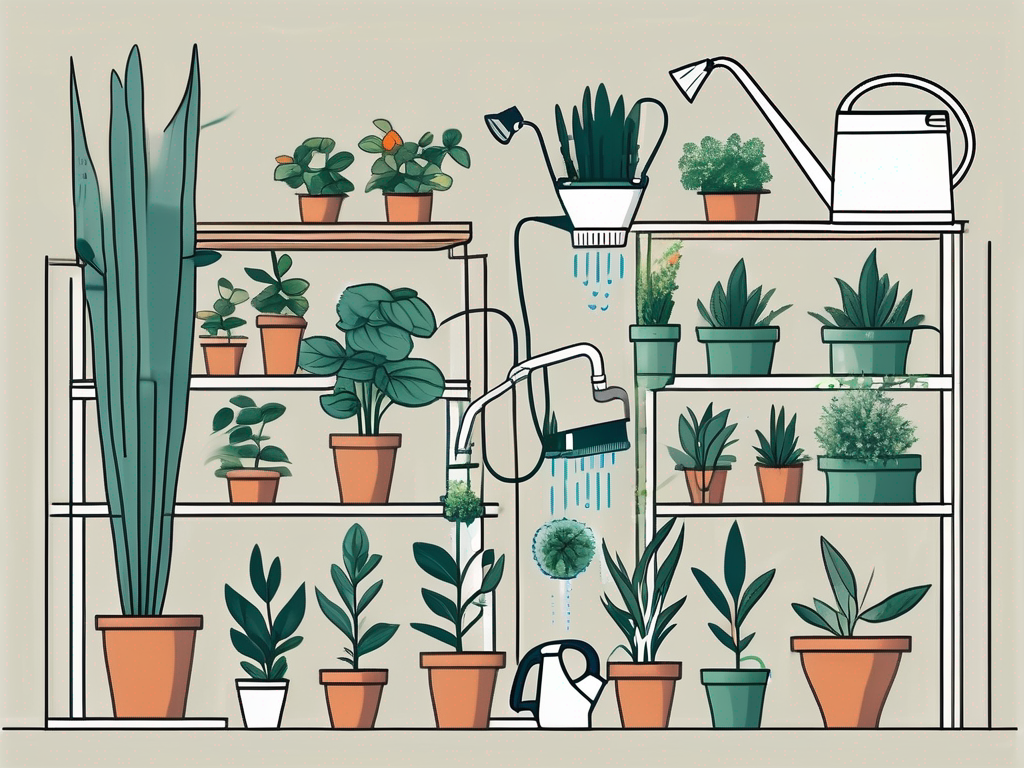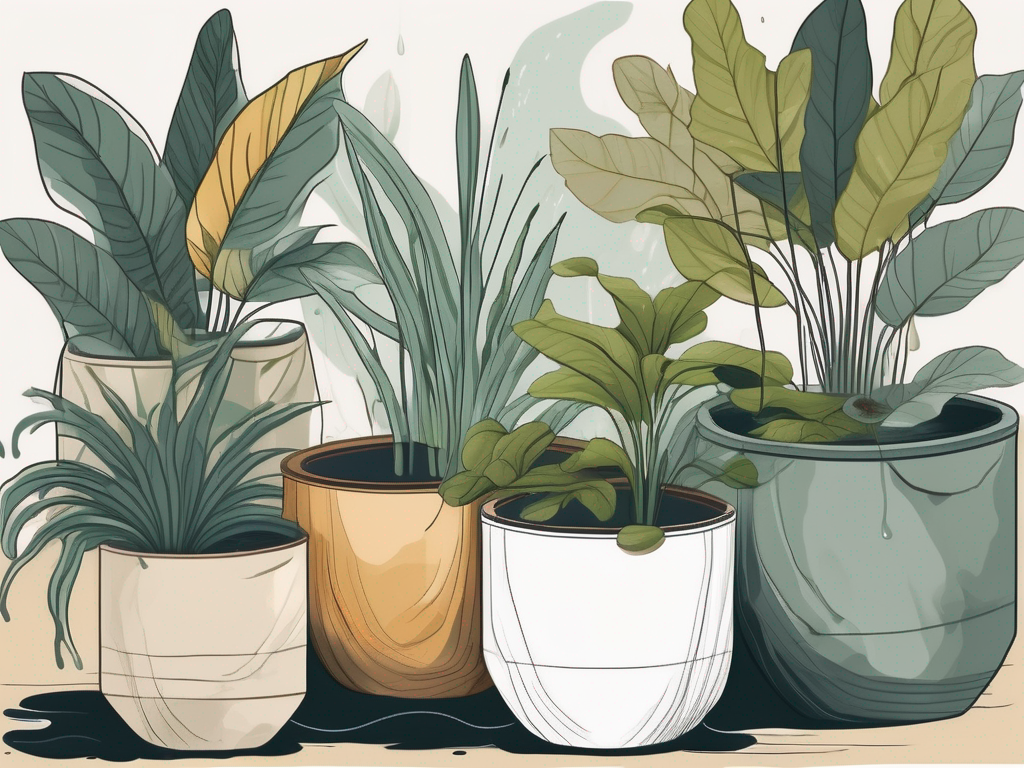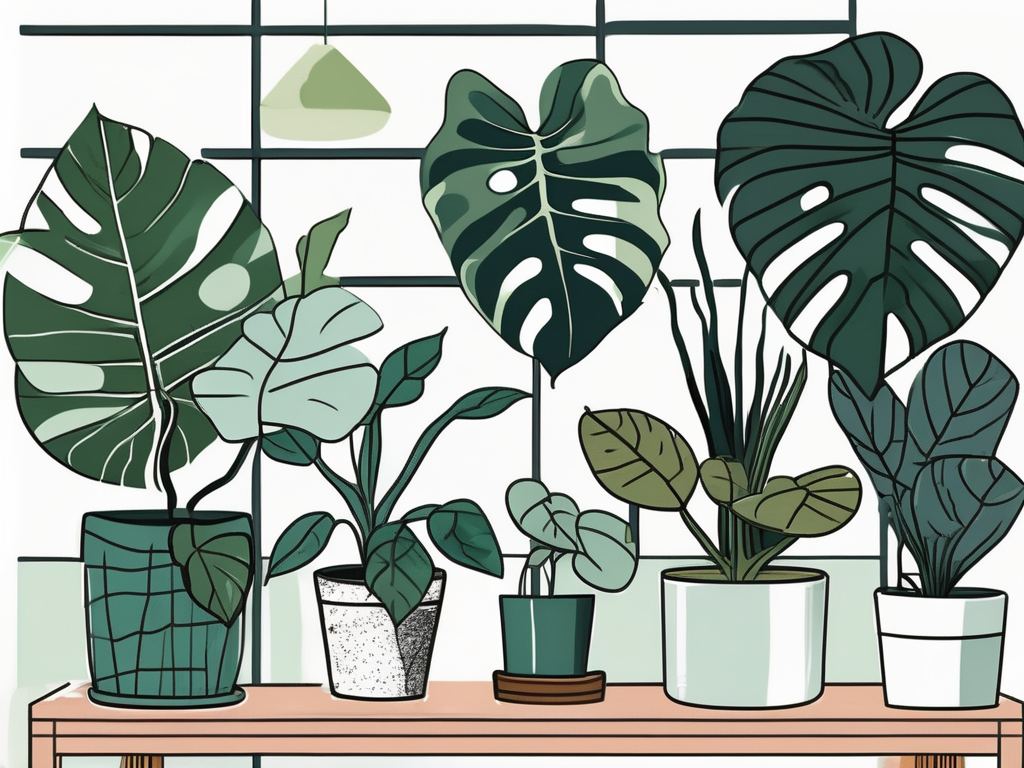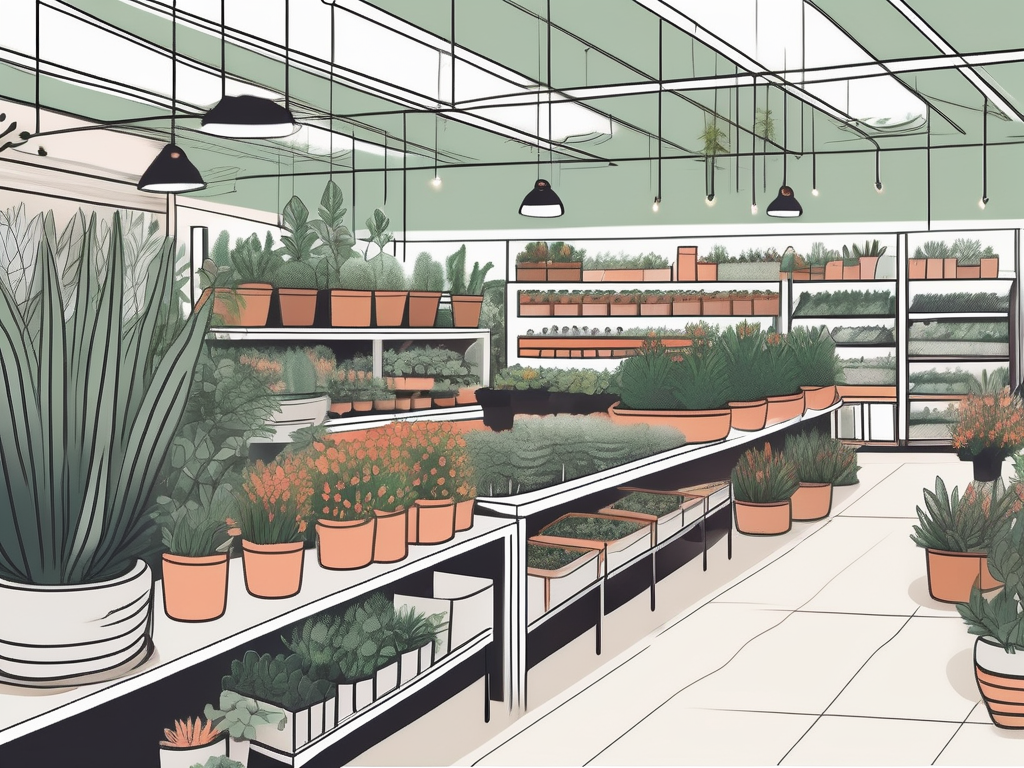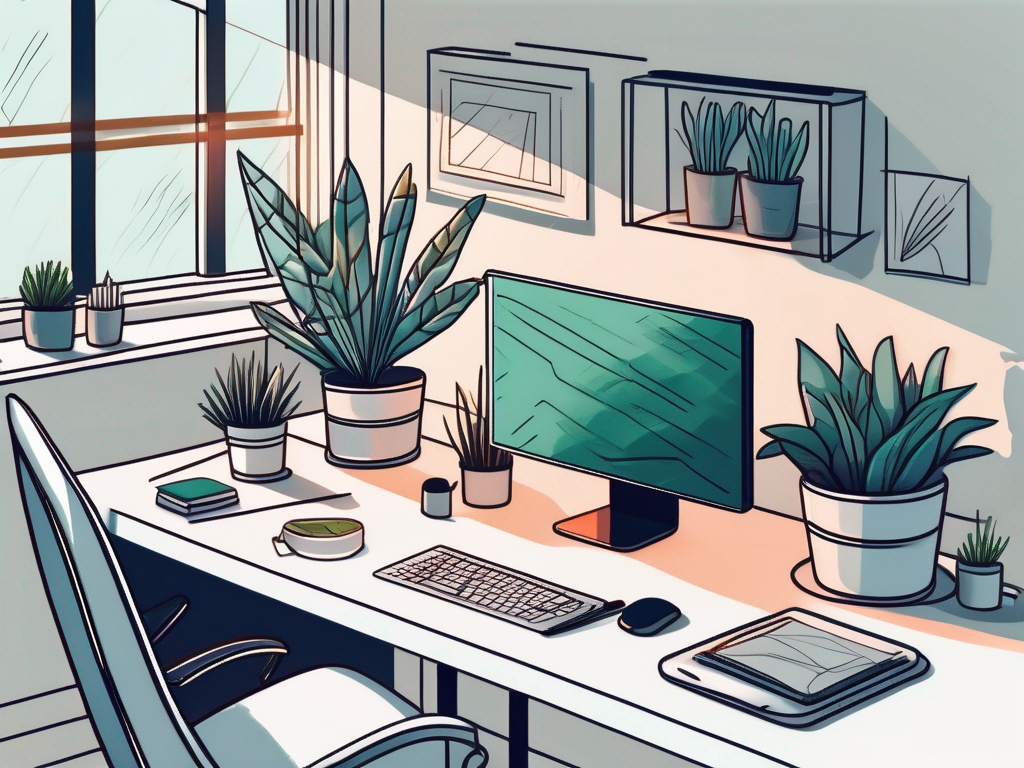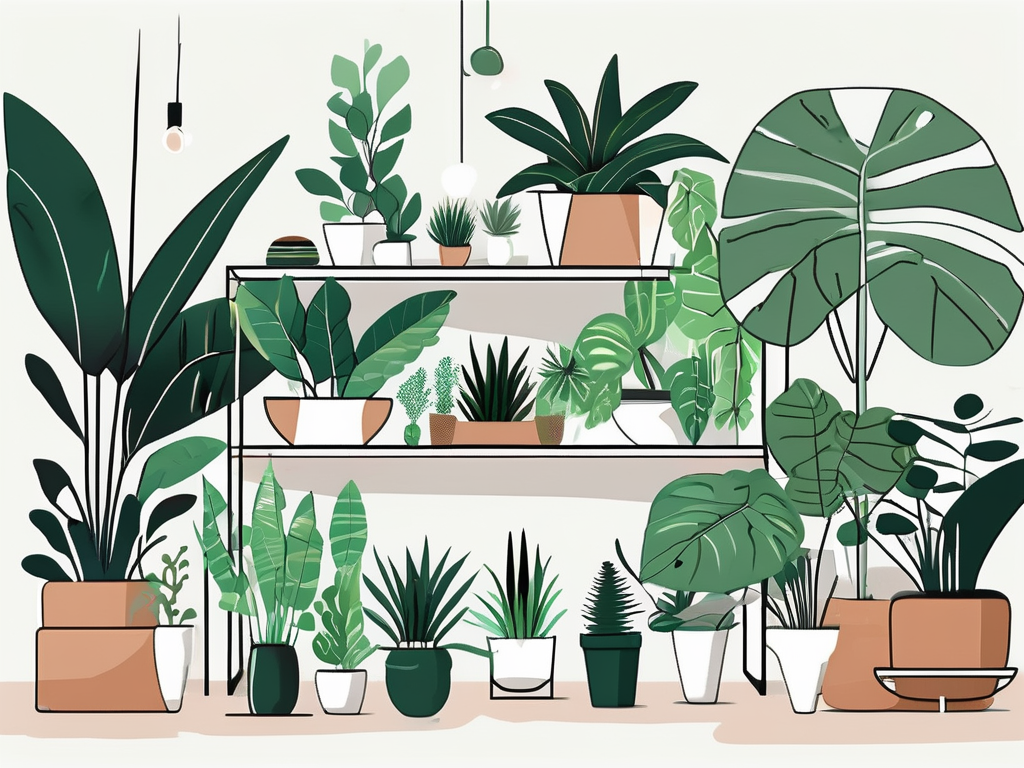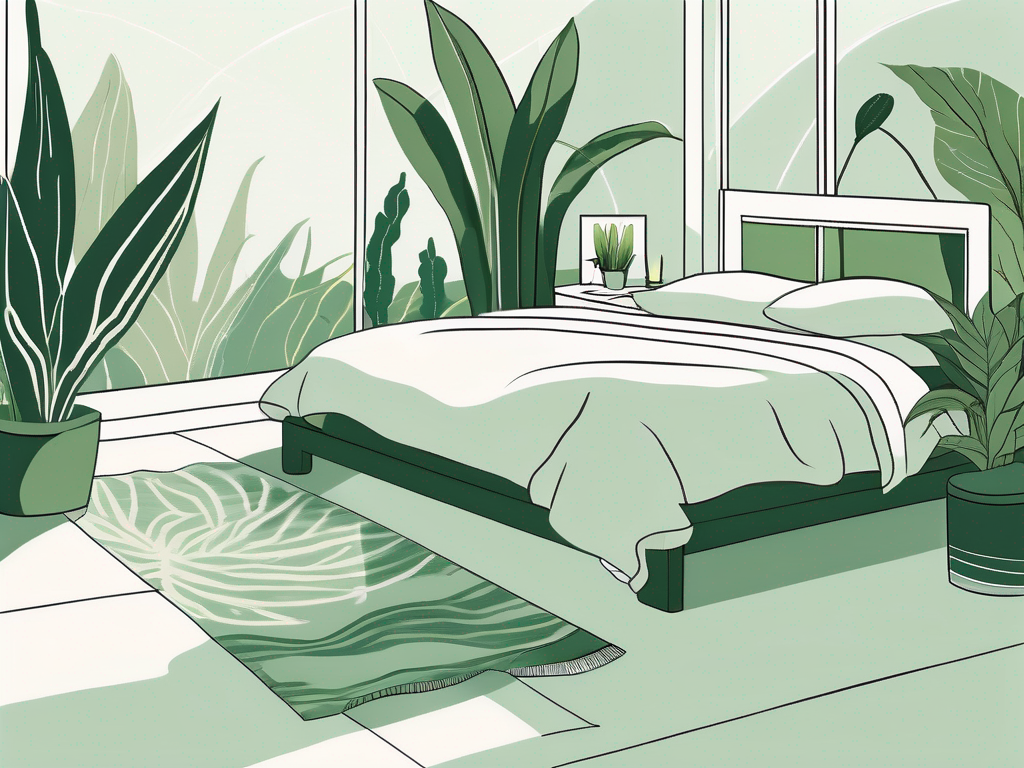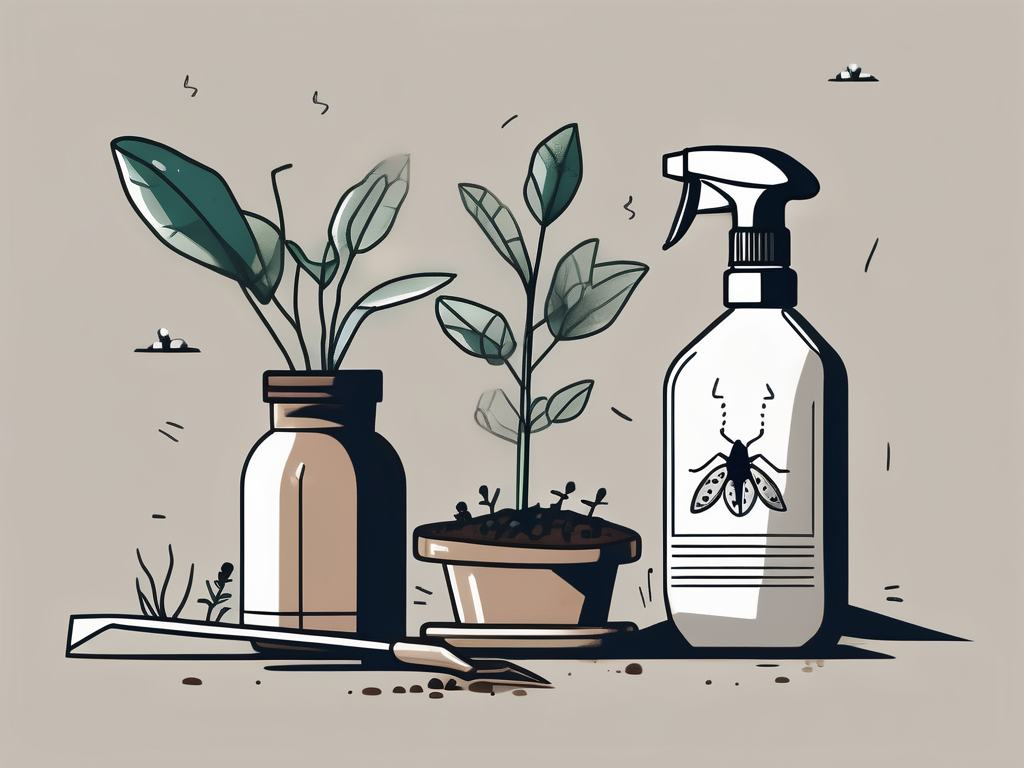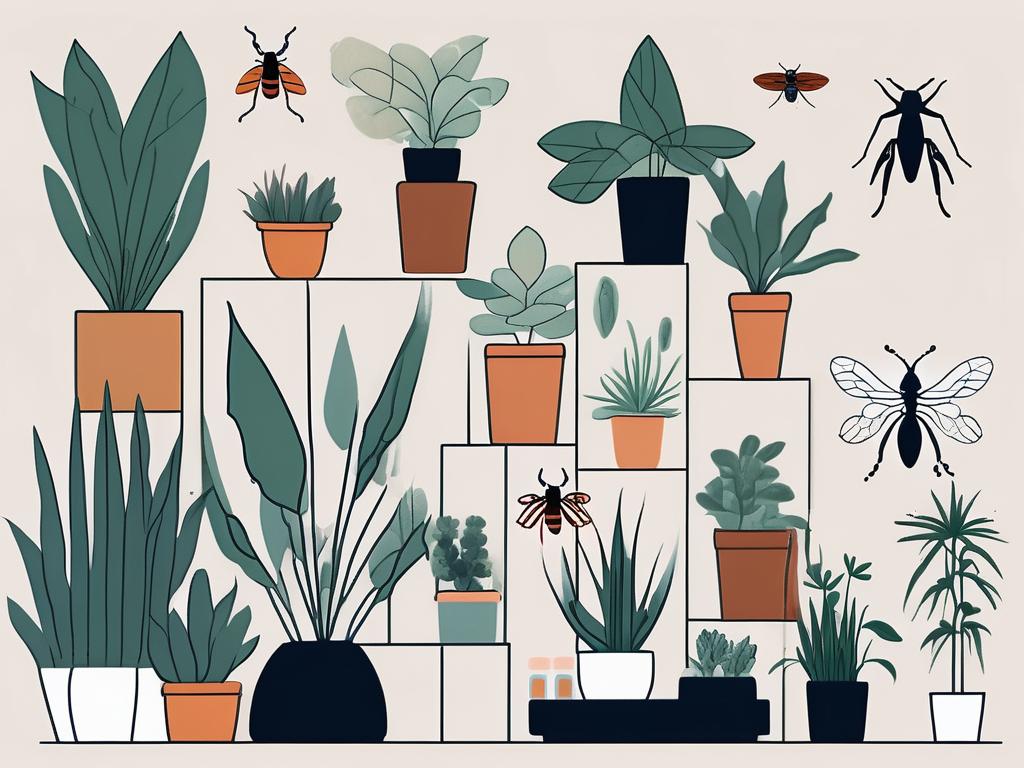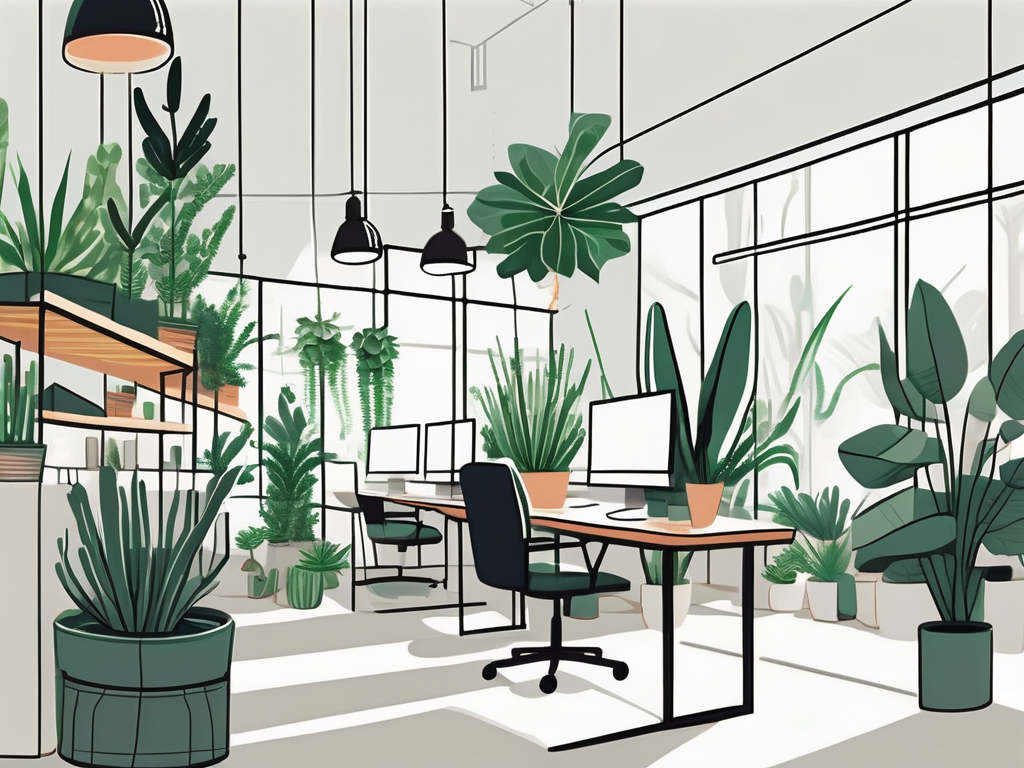
Creating a productive workspace isn't just about a comfy chair and a sleek desk. Plants can play a huge role in boosting your mood, reducing stress, and even purifying the air. The right office plants can make your work environment feel more vibrant and alive, even when you’re knee-deep in emails and to-do lists.
This article will explore some of the best plants for your office, from low-maintenance options to those that thrive on a little more attention. We’ll look at their benefits, care tips, and how they can transform your workspace into a green oasis. Let’s get started!
1. Snake Plant (Sansevieria)
The Snake Plant, also known as Sansevieria or Mother-in-Law's Tongue, is a popular choice for office spaces. Its striking upright leaves add an architectural element to any room, and it’s incredibly easy to care for. This plant is a real trooper, thriving in low light and with little water.
Why It’s Great for Offices:
- Low Maintenance: If you forget to water it for a couple of weeks, it won’t hold a grudge.
- Air Purifier: Known for filtering out toxins like formaldehyde, benzene, and trichloroethylene.
- Adaptable: Tolerates low light conditions, making it perfect for offices with limited natural light.
Care Tips:
- Watering: Allow the soil to dry out completely between waterings.
- Light: While it tolerates low light, it prefers indirect sunlight.
- Temperature: Keep it in temperatures between 60-75°F (15-24°C).
The Snake Plant is like that dependable friend who's always there when you need them. Its resilience makes it a perfect companion for busy office workers.
2. Peace Lily (Spathiphyllum)
The Peace Lily is another fantastic option for the office. With its glossy green leaves and elegant white flowers, it adds a touch of serenity to any workspace. Besides its aesthetic appeal, it’s also a powerhouse when it comes to cleaning the air.
Why It’s Great for Offices:
- Air Quality: Efficient at removing toxins like ammonia, benzene, and formaldehyde.
- Visual Appeal: Its flowers can last for weeks, providing a continuous touch of beauty.
- Humidity Booster: Helps maintain humidity levels, which can be beneficial in dry office environments.
Care Tips:
- Watering: Keep the soil moist, but don’t overwater.
- Light: Prefers indirect light. Too much direct sunlight can scorch its leaves.
- Temperature: Ideal temperatures are between 65-80°F (18-27°C).
Think of the Peace Lily as the zen master of plants. It’s not just an air purifier but a mood booster, helping you stay calm during those nail-biting conference calls.
3. Pothos (Epipremnum aureum)
Pothos, sometimes called Devil's Ivy, is a versatile and forgiving plant. Its trailing vines can spruce up any boring cubicle or add a splash of green to a high shelf. Known for its heart-shaped leaves, Pothos is also incredibly easy to propagate, making it a favorite among plant lovers.
Why It’s Great for Offices:
- Low Maintenance: Tolerates low light and irregular watering.
- Air Purifier: Removes pollutants like formaldehyde, xylene, and benzene.
- Versatility: Can be grown in soil or water, and trained to climb or trail.
Care Tips:
- Watering: Water when the top inch of soil feels dry.
- Light: Thrives in low to medium light, but will grow faster in brighter conditions.
- Temperature: Prefers temperatures between 60-85°F (16-29°C).
Pothos is like the multitasker of the plant world, capable of adapting to almost any environment. It’s perfect for those who want a plant that’s as flexible as their work schedule.
4. ZZ Plant (Zamioculcas zamiifolia)
ZZ Plant, with its glossy, dark green leaves, is a true survivor. It thrives on neglect and can handle the harshest office conditions. It’s a great choice for those who might not have the greenest of thumbs.
Why It’s Great for Offices:
- Low Light Tolerance: Survives in dimly lit spaces.
- Drought Resistant: Can go weeks without water.
- Elegant Aesthetics: Adds a sophisticated touch with minimal effort.
Care Tips:
- Watering: Allow the soil to dry out completely before watering again.
- Light: Can tolerate low light but prefers bright, indirect light.
- Temperature: Ideal range is between 65-75°F (18-24°C).
The ZZ Plant is like the office MVP, always looking good without needing much attention. It’s the go-to for anyone who wants a no-fuss plant that still delivers on style.
5. Spider Plant (Chlorophytum comosum)
The Spider Plant is a classic choice for plant lovers. It’s known for its arching leaves and tiny plantlets that can be easily propagated. This plant is not only visually appealing but also incredibly easy to care for, making it perfect for office spaces.
Why It’s Great for Offices:
- Air Purification: Known to remove pollutants like formaldehyde and xylene.
- Easy Propagation: The plantlets can be potted to create new plants.
- Resilient: Tolerates a variety of conditions, including low light.
Care Tips:
- Watering: Water when the soil feels dry to the touch.
- Light: Prefers bright, indirect light but can adapt to low light.
- Temperature: Best in temperatures between 65-75°F (18-24°C).
The Spider Plant is like the office cheerleader, always ready to spread a little joy with its lively green leaves and easy-going nature.
6. Rubber Plant (Ficus elastica)
The Rubber Plant, with its large, glossy leaves, is a statement plant that can add a touch of elegance to any office. It’s not just pretty to look at; it’s also known for its air-purifying qualities.
Why It’s Great for Offices:
- Air Cleaner: Removes toxins like formaldehyde from the air.
- Visual Impact: Its large leaves make it a striking focal point.
- Resilient: Can handle some neglect, making it ideal for busy office environments.
Care Tips:
- Watering: Keep the soil moist but not soggy. Allow the top inch to dry out between waterings.
- Light: Prefers bright, indirect light. Direct sunlight can scorch its leaves.
- Temperature: Ideal temperatures are between 60-75°F (15-24°C).
The Rubber Plant is like the office fashionista, always looking polished and put together. It brings a touch of sophistication to any workspace.
7. Aloe Vera
Aloe Vera is more than just a soothing gel for sunburns. It’s also a hardy plant that can thrive in an office environment. Its thick, fleshy leaves store water, making it drought-tolerant and an excellent choice for busy professionals.
Why It’s Great for Offices:
- Low Maintenance: Requires very little water and attention.
- Air Purifier: Known to help remove toxins like formaldehyde and benzene.
- Medicinal Uses: Can be used for minor cuts and burns, making it a handy plant to have around.
Care Tips:
- Watering: Water sparingly, allowing the soil to dry out completely between waterings.
- Light: Prefers bright, indirect light, but can tolerate some direct sunlight.
- Temperature: Keep it in temperatures between 55-80°F (13-27°C).
Aloe Vera is like the office first-aid kit, always ready to lend a helping hand. Its easy-care nature makes it a perfect companion for those who want a plant with added benefits.
8. Boston Fern (Nephrolepis exaltata)
Boston Ferns are known for their lush green foliage and ability to thrive in humidity. They can add a touch of nature to any office, especially in spaces that need a little softening.
Why It’s Great for Offices:
- Air Purification: Effective at removing pollutants like formaldehyde and xylene.
- Humidity Lover: Great for increasing humidity levels in dry office environments.
- Soothing Aesthetics: Its frilly leaves add a calming presence.
Care Tips:
- Watering: Keep the soil consistently moist, but not soggy. Mist regularly to maintain humidity.
- Light: Prefers indirect light, as direct sunlight can scorch its leaves.
- Temperature: Ideal temperatures range from 60-75°F (15-24°C).
The Boston Fern is like the office therapist, quietly boosting moods and improving air quality. It’s perfect for those who want a plant that brings a sense of peace to their workspace.
9. Jade Plant (Crassula ovata)
The Jade Plant, often associated with prosperity and good fortune, is a popular choice for office desks. Its thick, fleshy leaves store water, making it drought-resistant and easy to care for.
Why It’s Great for Offices:
- Low Maintenance: Requires little water and attention.
- Symbolic Meaning: Often considered a symbol of luck, wealth, and prosperity.
- Compact Size: Perfect for small office spaces or desks.
Care Tips:
- Watering: Allow the soil to dry out completely between waterings.
- Light: Prefers bright, indirect light but can tolerate some direct sunlight.
- Temperature: Keep it in temperatures between 65-75°F (18-24°C).
The Jade Plant is like the office good luck charm, quietly sitting on your desk, reminding you that prosperity is just around the corner.
Final Thoughts
Incorporating plants into your office space can transform the environment, making it more inviting and conducive to productivity. From the resilient Snake Plant to the elegant Peace Lily, there’s a plant for every type of office and personality.
At Cafe Planta, we’re here to help you bring the beauty of nature into your workspace. Whether you're looking for a new plant to add to your collection or need advice on plant care, we’ve got you covered. Feel free to email us or reach out on Instagram. We're excited to share our love of plants with you and help you create a thriving plant oasis in your office!

